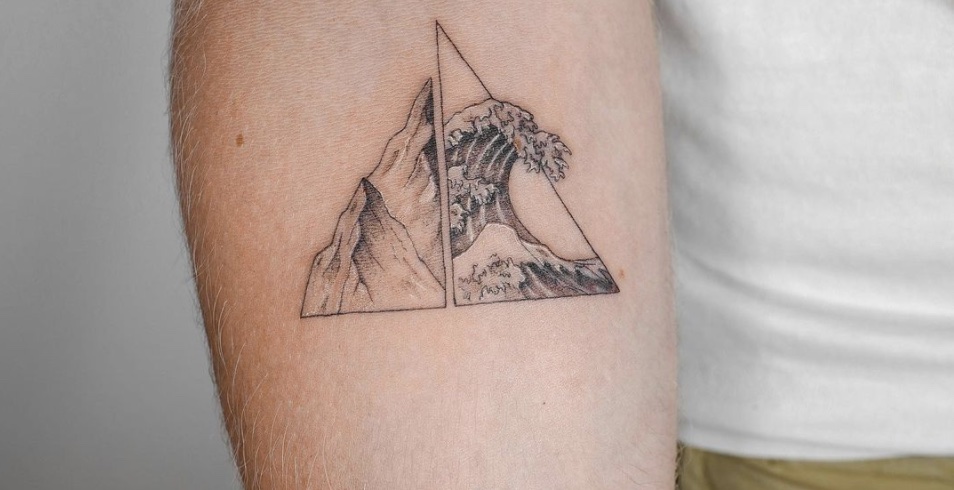Some doctors say health checks for older people should include the “flamingo balance test”, asking people to stand on one leg for 10 seconds – but the connection between balance and health is unclear
Health
22 June 2022
How important is the ability to stand on one leg? Shutterstock/BazDil
People who are middle-aged or older and can’t balance on one leg for 10 seconds are more likely to die in the next seven years than those who can do it, according to a study out this week. What is the explanation, and should people practise standing on one leg at home? This is what the science says:
What did the study investigate?
People aged between 51 and 75 were asked to stand on one leg for 10 seconds, with one foot touching the calf of the other leg – a bit like a flamingo. Those who couldn’t do this had a higher rate of dying during the next seven years than those who completed it: 17.5 per cent versus 4.6 per cent. The study involved about 1700 people based in Brazil, most of whom were white.
Could the findings be related to other factors, rather than ill health?
They could. For instance, people tend to get worse at passing this balance test with age, and if you are older, you are more likely to die. Most of those who were over 70 were unable to complete the test. But when the results were adjusted for factors such as age, weight, sex and ill health, they still showed that people who couldn’t pass the balance test had nearly double the death rate, with an 84 per cent higher risk of dying during the study period.
Why would doctors ask people to do this test?
Seeing if people can stand on one leg has long been used to test balance. Falls are a major killer of older people, usually because if they fall over, they may break a hip and need surgery, with some never regaining their former mobility. “It can be a spiral,” says David Stensel at Loughborough University, UK.
So were the deaths in this study related to falls?
It isn’t clear how much falls contributed to the deaths of the 123 participants who died during the study, if at all. The main causes of death were cancer, heart disease and respiratory diseases, including covid-19. Falls and recovery from surgery could have contributed to some of those deaths – for example, people who become immobile could see their heart disease worsen – but such factors weren’t recorded.
How else could balance be linked to death rate?
The ability to stand on one leg depends not just on balance, but also on leg strength, which is linked to overall body strength and physical fitness, says Stensel. People who have heart disease or cancer, say, tend to be less active and so would lose leg strength. “It could just be that ability to balance is linked with strength in the legs, which is linked with overall strength and fitness,” he says.
Are the findings surprising?
Previous research has found that similar tests can give clues about our health. For instance, higher death rates from heart disease in older people correlate with slow walking speed, in a test where they were asked to walk 6 metres as fast as possible. Overall death rates are also linked with people’s ability to stand up from sitting on the floor. Perhaps more surprisingly, risk of death also correlates with a poor grip strength, where someone is asked to squeeze a testing device as hard as they can, according to several studies.
Should doctors start asking people to do the test?
The researchers, led by Claudio Gil Araujo at Clinimex exercise medicine clinic in Rio de Janeiro, Brazil, say in their paper that there would be “potential benefit to including the test as part of routine physical examination in middle-aged and older adults”. It is “simple to incorporate in routine practice as it requires less than 1 or 2 minutes”, they say. But in countries such as the UK where health services are already stretched, busy family doctors may not have time.
How can I improve my balance?
Because it may be overall fitness and body strength that is affecting the link between passing the flamingo balance test and risk of death, this study doesn’t show that trying to improve balance could help you live longer. In older adults, probably muscle strength is the most important fitness goal, says Stensel. “We have all only got so much time in the day.”
But people with better balance are less likely to fall over, says Uzo Ehiogu, a spokesperson for the Chartered Society of Physiotherapy in the UK. If you want to improve your balance, physios advise older people to do simple exercises such as walking in a line as if they are on a tightrope – or standing on one leg.
Journal reference: British Journal of Sports Medicine, DOI: 10.1136/bjsports-2021-105360
Sign up to our free Health Check newsletter that gives you the health, diet and fitness news you can trust, every Saturday
More on these topics:



























































